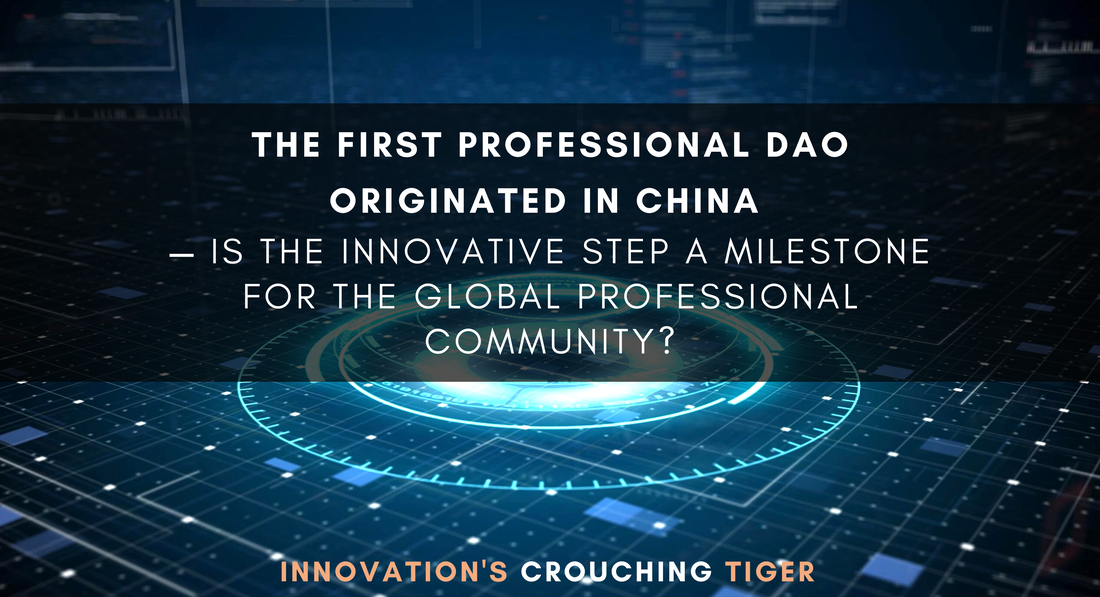Innovation and
|
—— Charting a New Era of Trade Secret FinancingDigital Asset Financing: A Game Changer
Zongjinhao, a leading IP securitization consulting company in China, recently played a pivotal role in securing a 10 million yuan credit line for Fujian Fuchawang Technology Development Co., Ltd. (FTDC) to by leveraging data assets as collateral. This groundbreaking transaction not only marked the first data asset financing of its kind but also indicates a potential paradigm shift in trade secret securitization within China.
0 Comments
 Digital asset management is becoming a trend, and AI is stepping on the gas. International investment institutions are accelerating their entry into the digital asset market [1], believing that asset tokenization will become a trend. They estimate that digital assets will account for 10% of global GDP by 2030[2]. –MIT Sloan Fellow AJ Huang Expresses Support for the ICTiger Project By: Dr. Jili Chung, author of Innovation’s Crouching Tiger Standing on the sidelines is not an option — this was my deepest feeling in 2018 when working on my MIT Sloan fellowship in Boston Cambridge, a city at the forefront of global technological development. Through numerous inspiring, in-depth discussions with industry, government, and academic leaders from thirty countries, I sensed a major trend emerging. This reflection motivated me to share my experiences of working in corporate management, IP, finance, and legal work in China for over 20 years. I crystalized these experiences with a methodology adapted from a famous teaching method pioneered by MIT Sloan School of Management, which became the focus of the book Innovation’s Crouching Tiger.
— Is the Innovative Step a Milestone for the Global Professional Community?On March 15, the SpringIP NFT2O3D team assisted Lex Magister DAO, a project initiated by Lex Magister, in successfully launching its first batch of NFTs for its overseas club.
Taking the First Step Towards Overseas Expansion Through Web3 On September 20, with the assistance of the SpringIP NFT2O3D team, Lex Magister launched its first NFTs. The launch is a pioneering work in the global legal community and has innovative significance in promoting IP utilization in the metaverse and the larger professional community.
On September 14th, SpringIP NFT2O3D Team assisted Italian artist Maurizia Galvan in the release of her NFT artwork on a local exchange platform in China, promoting cross-border branding and IP exploration in the global metaverse.
Recent changes in China’s innovation environment make a big impact on business in Asia.
Recent changes in China’s innovation regime have pushed ASEAN’s IP environment to become an essential component in the global innovation ecosystem. We share three trends in this article: global supply chain relocation, the scramble to transfer IP overseas, and blockchain-powered innovations.
Topic # 3: Legal issues in IP securitization
The legal issues of IP securitization refer to the legal issues arising from the issuance of intellectual property securities based on the traditional asset securitization structure. Since IP assets have different attributes from traditional securitized assets (such as real estate or account receivables), they will generate unique legal risks.
The legal and business community have largely resolved such legal issues. It has been two years since the development of IP securitization in China. The total annual issuance volume has surpassed tens of billions of RMB, which shows that the market has recognized the solutions. Topic # 2: NFT Securities
When do NFT creations act as a carrier for IP? When NFT-based IPs are divided and exchanged in the market, when will these exchanged NFTs be subject to regulations for securities ? And how will owners and users comply with these regulations?
Topic # 1: The Opportunities and Risks of Transferring IP Overseas
"IP Going Global" (or "IP Going Overseas," an expression most used in China) refers to using intellectual property rights that originated in China to conduct business operations or investment and financing in the global market. Taking and using IP abroad can help to grow the wealth accumulation of the intellectual property rights.
|
Categories
All
|








 RSS Feed
RSS Feed
